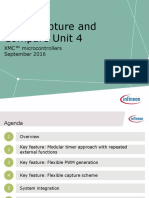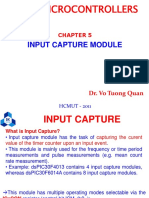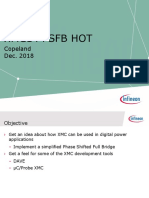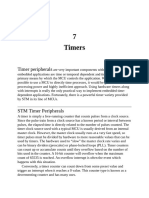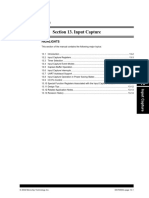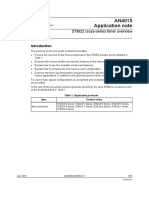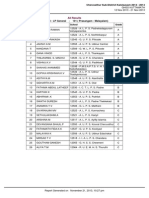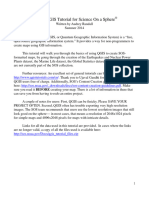0% found this document useful (0 votes)
16 views8 pagesSTM32F407VG Input Capture Unit
The document provides an in-depth overview of the Input Capture Unit (ICU) in the STM32F407VG microcontroller, detailing its features, configuration, and testing methods. It covers the types of timers used, board configuration requirements, key registers for setup, and API functions for input capture. Additionally, it outlines a comprehensive test plan to verify the functionality and accuracy of the ICU in various scenarios.
Uploaded by
Rohan KhandojiCopyright
© © All Rights Reserved
We take content rights seriously. If you suspect this is your content, claim it here.
Available Formats
Download as PDF, TXT or read online on Scribd
0% found this document useful (0 votes)
16 views8 pagesSTM32F407VG Input Capture Unit
The document provides an in-depth overview of the Input Capture Unit (ICU) in the STM32F407VG microcontroller, detailing its features, configuration, and testing methods. It covers the types of timers used, board configuration requirements, key registers for setup, and API functions for input capture. Additionally, it outlines a comprehensive test plan to verify the functionality and accuracy of the ICU in various scenarios.
Uploaded by
Rohan KhandojiCopyright
© © All Rights Reserved
We take content rights seriously. If you suspect this is your content, claim it here.
Available Formats
Download as PDF, TXT or read online on Scribd
/ 8






